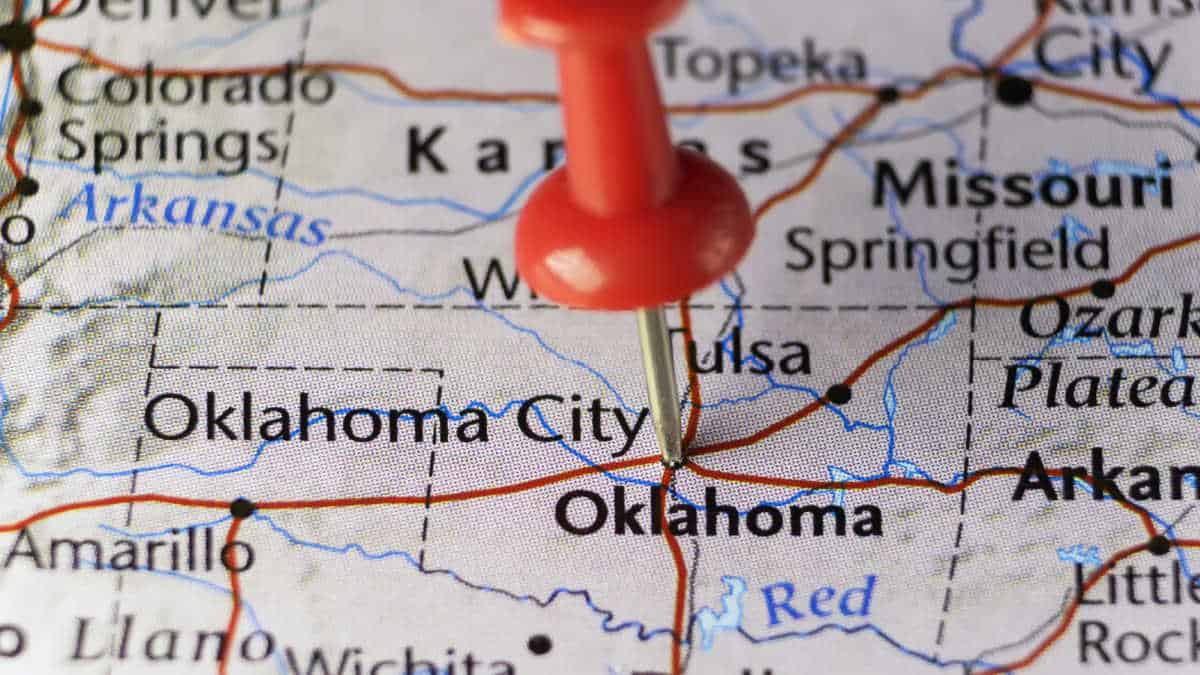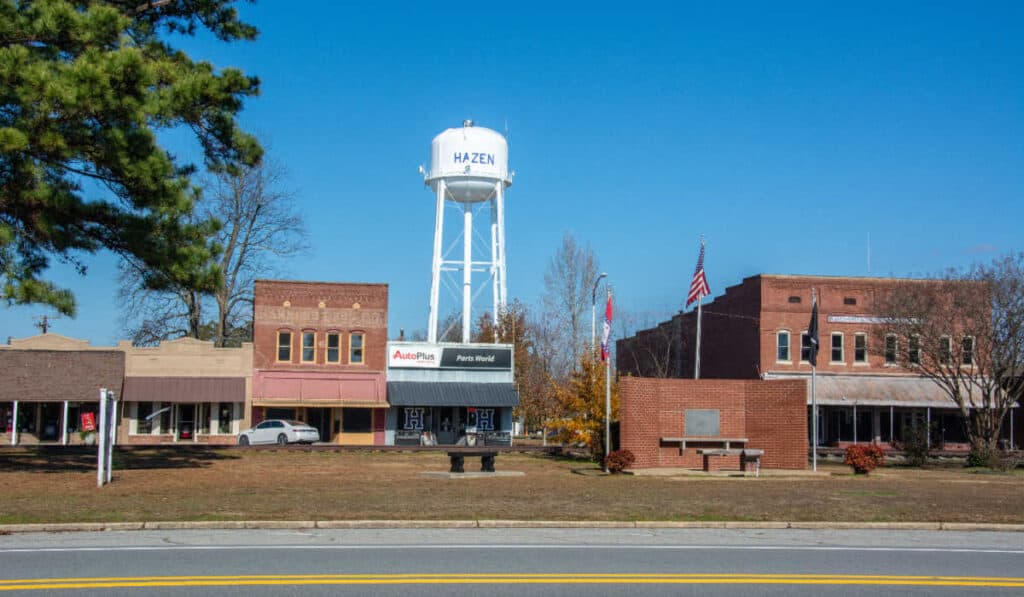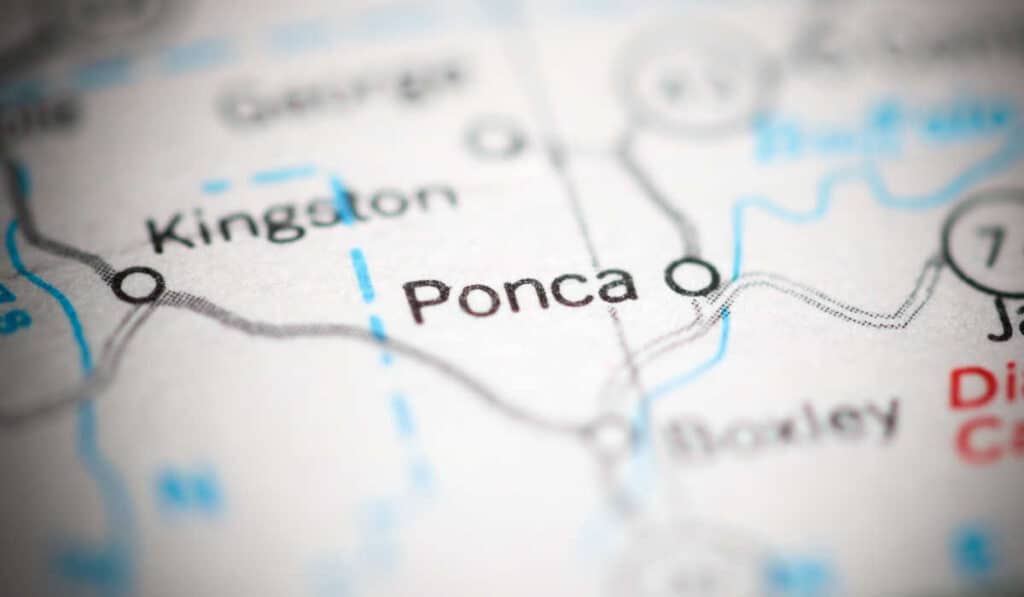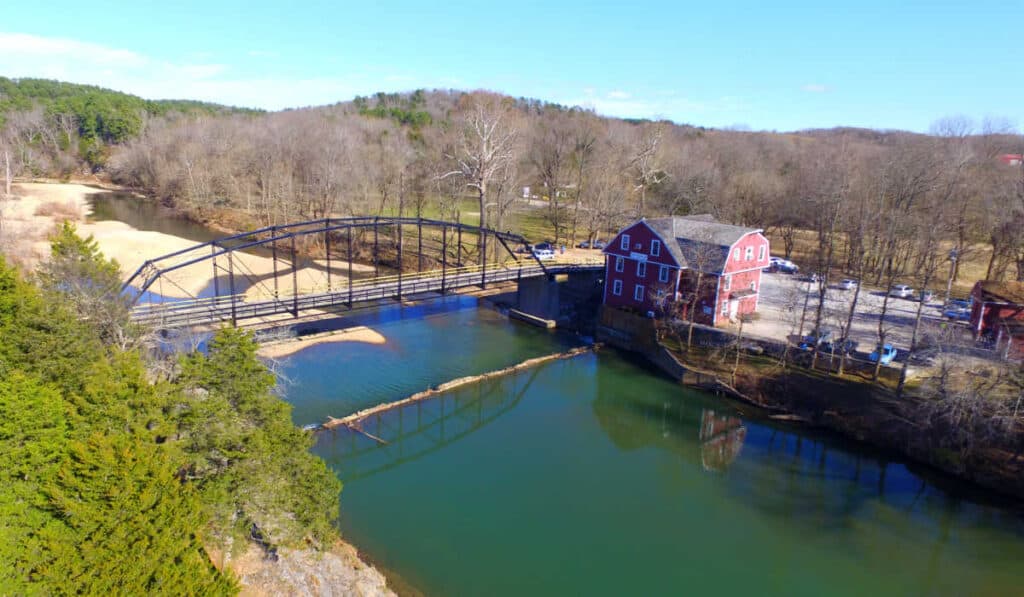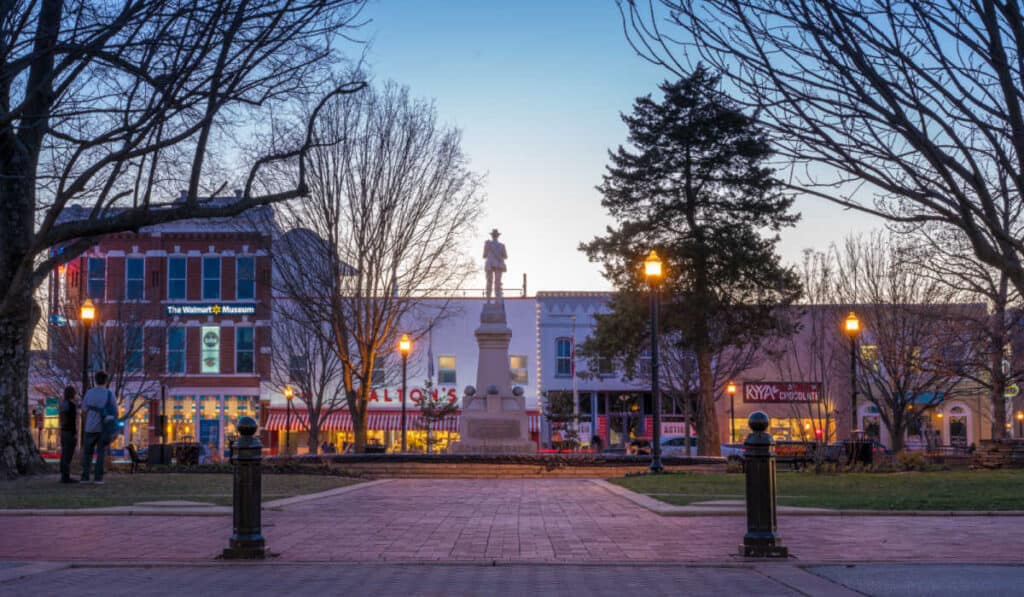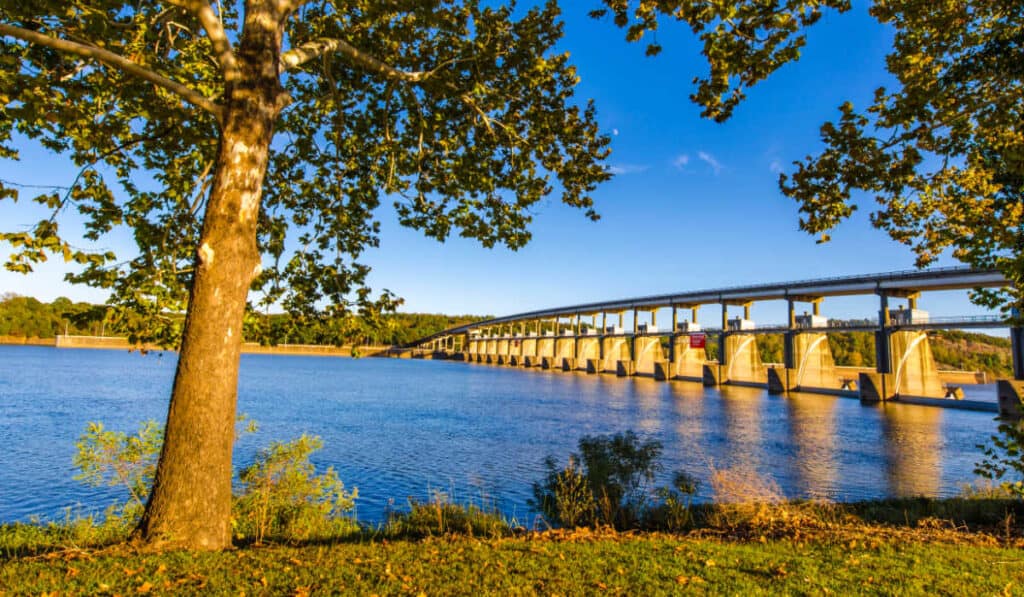Oklahoma is a state known for its diverse landscape, rich history, and unique position in the United States geography. Located in the South Central region, Oklahoma shares borders with Texas, Kansas, Missouri, Arkansas, New Mexico, and Colorado. While its exact regional classification may be subject to debate, the question remains: Is Oklahoma part of the Midwest?
The Midwestern United States, also known as the American Midwest, is a region occupying the northern central part of the country. Officially designated as “Region 2” by the United States Census Bureau, it lies between the Northeastern United States and the Western United States. The Midwest is comprised of several states, each contributing its own distinct culture, economy, and landscape to the region.
With its unique geographical location and cultural influences, Oklahoma’s classification as a Midwestern state is not universally agreed upon. While some sources may include it as part of the Midwest, others classify it within the Southern or South Central United States. This creates ongoing discussions amongst geographers, historians, and residents seeking to define Oklahoma’s place in the diverse tapestry of American regional identities.
Oklahoma’s Geographic Location
Is Oklahoma in the Midwest?
Oklahoma is typically considered part of the South Central United States rather than the Midwest. While the Midwest is composed of states such as Illinois, Michigan, and Ohio, Oklahoma’s location places it more in the South and West regions of the country.
Boundaries and Regions
Oklahoma is surrounded by a variety of states, each influencing its geography and culture. Its borders are shared with Arkansas and Missouri to the east, Kansas to the north, Colorado and New Mexico to the west, and Texas to the south. Oklahoma’s geography can be divided into various regions that include the Great Plains and the Ozark Mountains.
When referring to the United States Census Bureau’s classification, Oklahoma is part of the southern region of the United States, specifically the West South Central subregion. This classification can be found on maps from various sources, situating Oklahoma with Texas, Arkansas, and Louisiana.
While Oklahoma is not considered part of the Midwest, this diverse state shares connections with the West, Southwest, and Southern regions. It is essential to recognize Oklahoma’s unique location within the United States and appreciate the blend of cultures and landscapes that define the state.
Oklahoma’s Cultural and Historical Background
Native American Tribes
Oklahoma has a rich history of Native American occupation, dating back thousands of years. Early inhabitants included the Osage, Caddo, Wichita, and Kiowa tribes. These groups enriched the region with their unique cultural contributions, shaping Oklahoma’s identity as a part of Native America.
European Immigration and Settlement
In the 19th century, European immigration significantly impacted Oklahoma. The Land Run of 1889 attracted thousands of settlers, who established Oklahoma City and claimed land for farming and settlement. This introduction of European cultures influenced Oklahoma’s identity as both part of the Midwest and the South.
Early 20th Century Development
The early 20th century saw significant growth in Oklahoma’s economy and infrastructure, in part due to the discovery of oil. This development led to the state’s association with neighboring areas like North Dakota, South Dakota, and Louisiana, where oil production was booming.
Agriculture also played a major role in Oklahoma’s growth during this period. Farming buffalo and American bison became integral to the state’s economy and culture, with President Theodore Roosevelt even establishing the Wichita Reserve to protect these animals.
The influx of English-speaking immigrants in the 20th century further solidified Oklahoma’s ties to the Midwest, while the state’s strong Native American and southern roots continued to shape its cultural landscape.
In summary, Oklahoma’s rich and diverse history has resulted in a unique blend of cultures that make it difficult to categorize entirely as Midwestern or Southern, making the state a captivating place to explore and learn about.
Comparing Oklahoma’s Geography and Culture to Midwestern States
Geographical Features
Oklahoma’s geography encompasses a diverse range of ecosystems, from arid plains to subtropical forests and mountains. The state contains 10 distinct ecological regions, more per square mile than in any other state by a wide margin. This is in contrast to many Midwestern states, such as Illinois, where the landscape is predominantly flat.
In the North Central region of the Midwest, states like Iowa and Minnesota have fertile plains and experience cooler weather. Oklahoma’s Great Plains region has some similarities to those states, as it is home to prairies and grasslands. However, Oklahoma’s climate is warmer, with more frequent droughts, and its proximity to the Missouri River leads to a mix of ecosystems.
Economic and Industrial Aspects
The Midwest is traditionally known for its agriculture, with states like Iowa and Illinois producing sizable amounts of corn and soybeans. Oklahoma’s economy also relies on agriculture, with its top commodities including wheat, cattle, and poultry. However, its economy is more diverse with significant contributions from the energy sector, such as oil, gas, and wind farms.
In contrast, states like Michigan, Ohio, and Indiana are known for their manufacturing industries, with automotive and heavy machinery being major highlights. While Oklahoma also has some manufacturing, it is not as central to its economy as in these states.
In terms of natural resources, Midwestern states such as Wisconsin and Minnesota have extensive iron ore deposits, which contributes to a strong mining industry there. Oklahoma, on the other hand, has significant coal reserves but not as many iron ore deposits.
Cultural Ties
Culturally, Oklahoma has been influenced by multiple regions, including Native American, Upland South, Lowland South, Midwest, Southwest, and West. This diverse cultural influence separates Oklahoma from some Midwestern states that are predominantly influenced by European roots, such as German and Scandinavian settlers in Minnesota and Wisconsin.
Oklahoma’s largest cities, Tulsa and Oklahoma City, also have different cultural leanings. Tulsa has been considered more of a Midwestern city with its large union base, manufacturing hub, and art-deco downtown, while Oklahoma City leans towards a Southern Plains identity.
Overall, it is difficult to pigeonhole Oklahoma as strictly a Midwestern state, given its diverse geography, economic, and cultural features. Although it shares some commonalities with various Midwestern states, it also possesses unique characteristics that set it apart.
Oklahoma and Its Neighboring States
Oklahoma is situated in the south-central region of the United States and shares borders with six states. In this section, we will explore its neighboring Midwestern, Southern, and Western states.
Midwestern States
Oklahoma borders two Midwestern states to the north: Kansas and Missouri. Kansas, which lies directly north of Oklahoma, is one of the Plains states within the West North Central division. To the northeast, Oklahoma shares a border with Missouri, a state known for its mixture of Midwest and Southern cultural influences. Although Oklahoma is not officially considered part of the Midwest, its close proximity to these states has generated debate about its classification.
Southern States
Texas is the most notable of Oklahoma’s Southern state neighbors. Located to the south and partially to the west, Texas is the second-largest state in the US by both area and population. Additionally, Oklahoma shares a small border with Arkansas to the east. Arkansas is situated in the southeastern region of the United States and is part of the West South Central division.
Western States
Oklahoma has a single Western state neighbor in the form of Colorado. Situated to the northwest of Oklahoma, Colorado is characterized by diverse landscapes, including mountains, forests, and plains. Oklahoma also shares a small border with New Mexico at the western end of its panhandle. New Mexico, known for its rich history and cultural influences, is considered part of the Mountain division in the western United States.
Notable Regions and Landmarks
Tornado Alley
Oklahoma is a part of the infamous Tornado Alley, a region in the midwestern United States that experiences a high frequency of tornadoes due to its unique geography. Tornado Alley stretches from Texas to the Dakotas and includes parts of Kansas, Nebraska, and Iowa. Oklahoma’s location makes it prone to severe weather, but its residents are resilient and well-prepared for such events.
Bible Belt
The state of Oklahoma is also situated within the Bible Belt, a region in the southeastern and south-central United States characterized by a strong conservative Christian culture. The presence of denominational institutions, churches, and religious communities has historically influenced the political and social landscape of Oklahoma.
Flow of the Mississippi River
Although Oklahoma does not directly border the Mississippi River, the river plays a critical role in the agricultural and economic landscape of the midwestern United States, including Oklahoma. The state’s tributaries, such as the Arkansas and Red Rivers, feed into the Mississippi River and support commerce, agriculture, and water resources in the region.
The Great Lakes Region
The Great Lakes Region consists of eight states surrounding the Great Lakes, including Michigan, Ohio, Indiana, Illinois, Wisconsin, Minnesota, Pennsylvania, and New York. While Oklahoma is not part of the Great Lakes Region, its location within the Midwest shares some cultural and geographic similarities, such as its agricultural prowess and midwestern values.
Notable Cities and Attractions
Oklahoma boasts a unique blend of Native American and pioneer history, natural beauty, and thriving urban centers. The city of Tulsa is known for its stunning Art Deco architecture, while Oklahoma City is home to the National Cowboy and Western Heritage Museum, which celebrates the history and culture of the American West. Don’t miss the iconic Gateway Arch in St. Louis, as it represents a symbolic entry point to the westward expansion of the United States.
In addition to its cities, Oklahoma offers an array of natural attractions, such as Natural Falls State Park and Beavers Bend State Park. History buffs can also visit the Heavener Runestone Park, believed to have ties to the Vikings over 1,000 years ago.
Conclusion
Oklahoma’s geographical classification has been a topic of debate over the years, with some claiming it to be part of the Midwest while others categorize it as a part of the Southwest. To better grasp this issue, it is essential to approach it with a confident, knowledgeable, neutral, and clear tone of voice.
Based on historical and cultural factors, Oklahoma is not conclusively a part of either the Midwest or the Southwest, but rather occupies a unique position at their intersection. With Native American history and influences from both regions, Oklahoma offers a blend of Midwest and Southwest characteristics, leading to the confusion.
While Tornado Alley, which Oklahoma is a part of, is often linked to the Midwest, the state’s climate and natural landscape are more closely related to the Southwest. This further complicates any categorization attempts. Ultimately, the placement of Oklahoma can be subjective and can vary depending on what aspects are considered.
In conclusion, Oklahoma’s geographical classification remains an open debate. Instead of trying to fit the state into a specific category, it might be more constructive to appreciate its diverse influences and unique mix of cultural, historical, and environmental features. This recognition could lead to a better understanding of Oklahoma’s identity and its role in regional dynamics.

